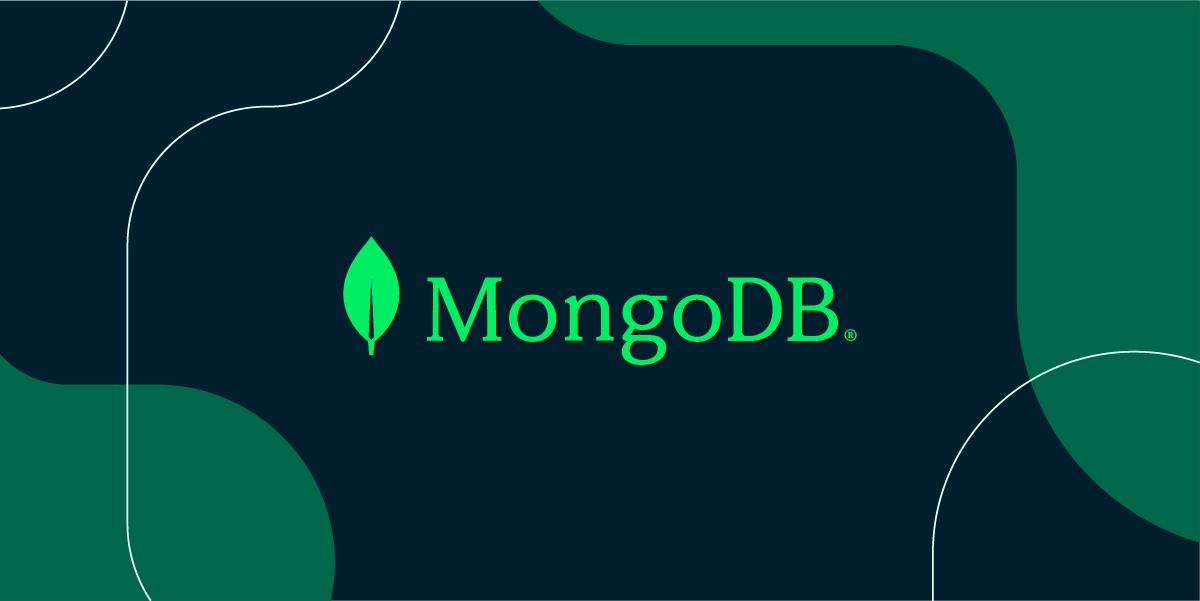MongoDB is a cross-platform document-oriented database program. It is classified as a NoSQL database program, meaning that it does not use the traditional SQL relational database management system (RDBMS) used by most other databases. Instead, it uses JSON-like documents with optional schemas.
A database is a collection of data that is organized in a specific way and stored on a computer system. Databases are used to store and manage data in an efficient and organized manner, and they are used in a wide variety of applications, such as online stores, social media platforms, and financial systems.
One of the main uses of a database is to store and retrieve data efficiently. A database can store a large amount of data in a structured format, and it can be queried to retrieve specific data or groups of data. This makes it easy to search and analyze data, and to perform various operations on it, such as sorting and filtering.

MongoDB has several features that make it a popular choice for storing and managing data:
- Scalability: MongoDB is designed to scale horizontally across multiple servers, making it easy to add more capacity as needed.
- Flexibility: MongoDB uses a flexible, JSON-like data model, which allows for the storage of complex data structures and nested arrays.
- Performance: MongoDB is optimized for high performance, and it supports indexing, sharding, and other features that enable it to handle large amounts of data efficiently.
- Replication: MongoDB supports replication, which allows data to be automatically copied across multiple servers for improved availability and fault tolerance.
- Security: MongoDB has built-in security features, such as authentication, encryption, and access controls, to protect data and ensure the privacy of users.
Overall, MongoDB is a powerful and flexible database system that is well-suited for storing and managing large amounts of data in a variety of applications.
To create a database in MongoDB, follow these steps:
- Start the MongoDB server. Open a terminal window and run the following command:
mongodThis will start the MongoDB server and listen for connections from MongoDB clients.
- Connect to the MongoDB server. Open a new terminal window and run the following command to connect to the MongoDB server:
mongoThis will open the MongoDB shell, which is an interactive JavaScript interface to MongoDB.
- Create a database. In the MongoDB shell, use the
usecommand to create a new database. For example, to create a database named “mydatabase”, run the following command:
use mydatabaseThis will create the “mydatabase” database and switch to it as the current database.
- Insert data into the database. You can now insert data into the database using the
insertcommand. For example, to insert a document into the “mycollection” collection, run the following command:
db.mycollection.insert({name: "John", age: 30})This will insert a new document into the “mycollection” collection with a “name” field and an “age” field.
- Verify that the database was created. You can use the
show dbscommand to list all the databases on the MongoDB server. You should see “mydatabase” listed among the databases.
show dbsYou can also use the db command to view the current database:
dbThis should return “mydatabase” as the current database.
I hope this helps! Let me know if you have any questions.
